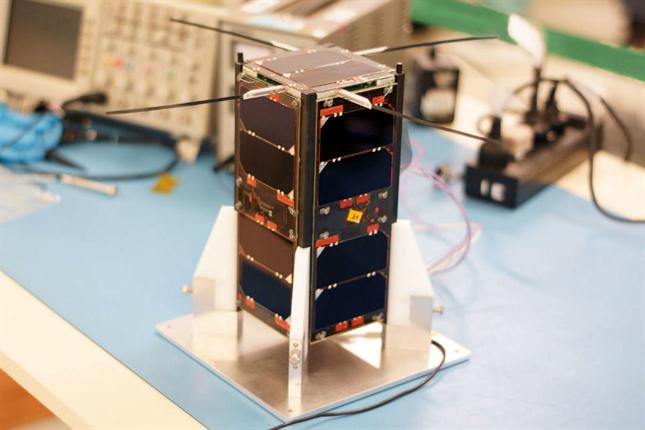This video ultimetely explains spectral remote sensing in under 6 minutes
Spectral remote sensing is an amazing science that lets you detect qualities of objects from a distance. It is based on the fact that different surface features reflect or absorb the sun’s radiation in different ways.
The truth is that remote sensing can be a bit difficult to comprehend… But not any longer. This video from National Ecological Observatory Network (NEON) is explaining the most complex aspects of spectral remote sensing – the science in an easy to understand way. Take a look. It’s worth it.
What is NEON? The National Ecological Observatory Network is a major ecological research platform that provides open data on ecological issues across the United States. It operates numerous field sites across different ecosystems, collecting detailed environmental data including soil, atmosphere, and biotic components. NEON’s projects support a broad range of scientific studies aimed at understanding and managing the impacts of climate change, land-use change, and invasive species on natural resources and biodiversity.
From our perspective, short videos that simplify complex topics can significantly boost awareness and understanding in the Earth Observation (EO) sector, making it more accessible to a wider audience. We’d like to introduce our Video-Article series of EOHub articles. You may find in on out YouTube channel!
If you enjoyed this post, read more and subscribe to our monthly newsletter!







